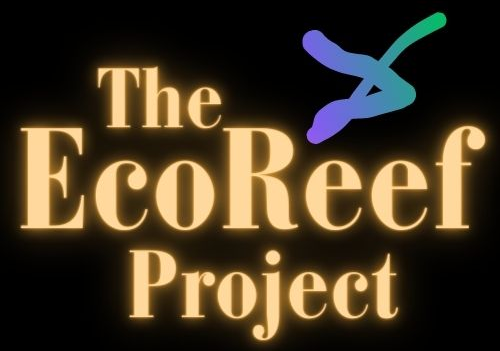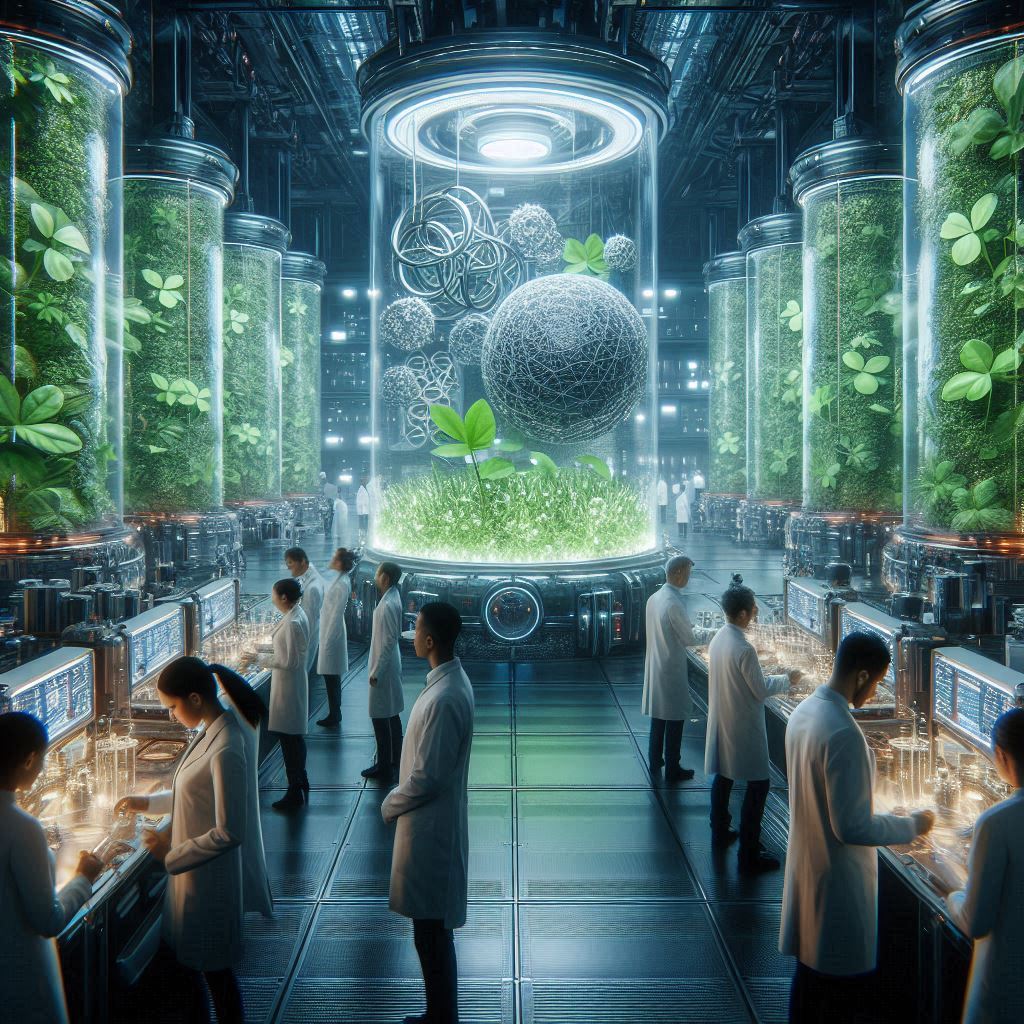How Technology Changes The Environment For Powerful Management Future

A New Tech Environment
The Intersection of Innovation and Ecology
Over the past few decades, technology has drastically transformed our environment. This evolution has not only altered the physical world but also reshaped our perception and understanding of environmental issues. From the advent of renewable energy sources to the development of sophisticated monitoring systems, technology plays a crucial role in both the degradation and preservation of our planet.

Renewable Energy
Powering the Future
One of the most significant impacts of technology on the environment is the shift towards renewable energy sources. Solar, wind, and hydroelectric power have emerged as viable alternatives to fossil fuels, reducing greenhouse gas emissions and mitigating climate change. These advancements have made clean energy more accessible and affordable, encouraging widespread adoption.
Solar Power
Photovoltaic (PV) cells have become more efficient and cost-effective, allowing for large-scale solar farms and residential solar panel installations. Innovations in battery storage also ensure that excess energy can be stored and used when needed, further enhancing the reliability of solar power.
Wind Energy
Technological advancements in turbine design and materials have increased the efficiency and capacity of wind farms. Offshore wind farms, in particular, have the potential to generate significant amounts of electricity while minimizing land use and visual impact.

Data
Environmental Monitoring and Data Analysis
The development of sophisticated monitoring systems and data analysis tools has revolutionized our understanding of the environment. These technologies enable scientists and policymakers to track changes in real-time, identify trends, and make informed decisions.
Remote Sensing
Satellites equipped with advanced sensors provide comprehensive data on deforestation, urbanization, and natural disasters. This information is crucial for tracking environmental changes and implementing effective conservation strategies.
Internet of Things (IoT)
IoT devices, such as smart sensors and connected weather stations, collect real-time data on air quality, water levels, and soil conditions. This information is invaluable for monitoring ecosystems and predicting environmental changes.
The Public
Public Awareness and Engagement
Technology has also changed how we view and engage with environmental issues. Social media platforms, online news outlets, and digital campaigns have made it easier for individuals to access information and participate in environmental activism.
Social Media
Platforms like Twitter, Instagram, and Facebook have become powerful tools for raising awareness about environmental issues. Activists and organizations can share information, mobilize supporters, and coordinate events with unprecedented reach and speed.
Digital Campaigns
Online petitions, crowdfunding initiatives, and virtual protests have democratized environmental activism, allowing individuals from all walks of life to contribute to causes they care about. These digital campaigns have successfully influenced policy changes and corporate practices.

Progress
Challenges and Considerations
While technology has undoubtedly brought numerous benefits to the environment, it is essential to consider the potential drawbacks and challenges. Electronic waste, resource extraction, and the digital divide are some of the issues that need to be addressed to ensure sustainable and equitable progress.
Electronic Waste
The rapid pace of technological innovation has led to an increase in electronic waste, which poses significant environmental and health risks. Recycling programs and sustainable design practices are crucial for mitigating these impacts.
Resource Extraction
The production of electronic devices and renewable energy infrastructure requires the extraction of raw materials, which can result in habitat destruction and pollution. Sustainable mining practices and the development of alternative materials are essential for minimizing these effects.
Technology has fundamentally changed the environment and how we perceive it. While it offers promising solutions to some of our most pressing ecological challenges, it is essential to address the associated risks and ensure that technological advancements are leveraged for the greater good. By embracing innovation and fostering collaboration, we can create a more sustainable and resilient future for our planet.

Conclusion
The interplay between technology and the environment is complex and multifaceted. While technological advancements have provided us with powerful tools to combat environmental challenges, they have also introduced new issues that require careful consideration and management. Renewable energy sources, sophisticated monitoring systems, and increased public awareness have paved the way for a more sustainable future. However, addressing the environmental impacts of electronic waste and resource extraction is crucial to ensuring that technology serves as a force for good.
Join the Discussion
Have you noticed any positive or negative impacts in your community? What innovative solutions do you think hold the most promise for the future?








































